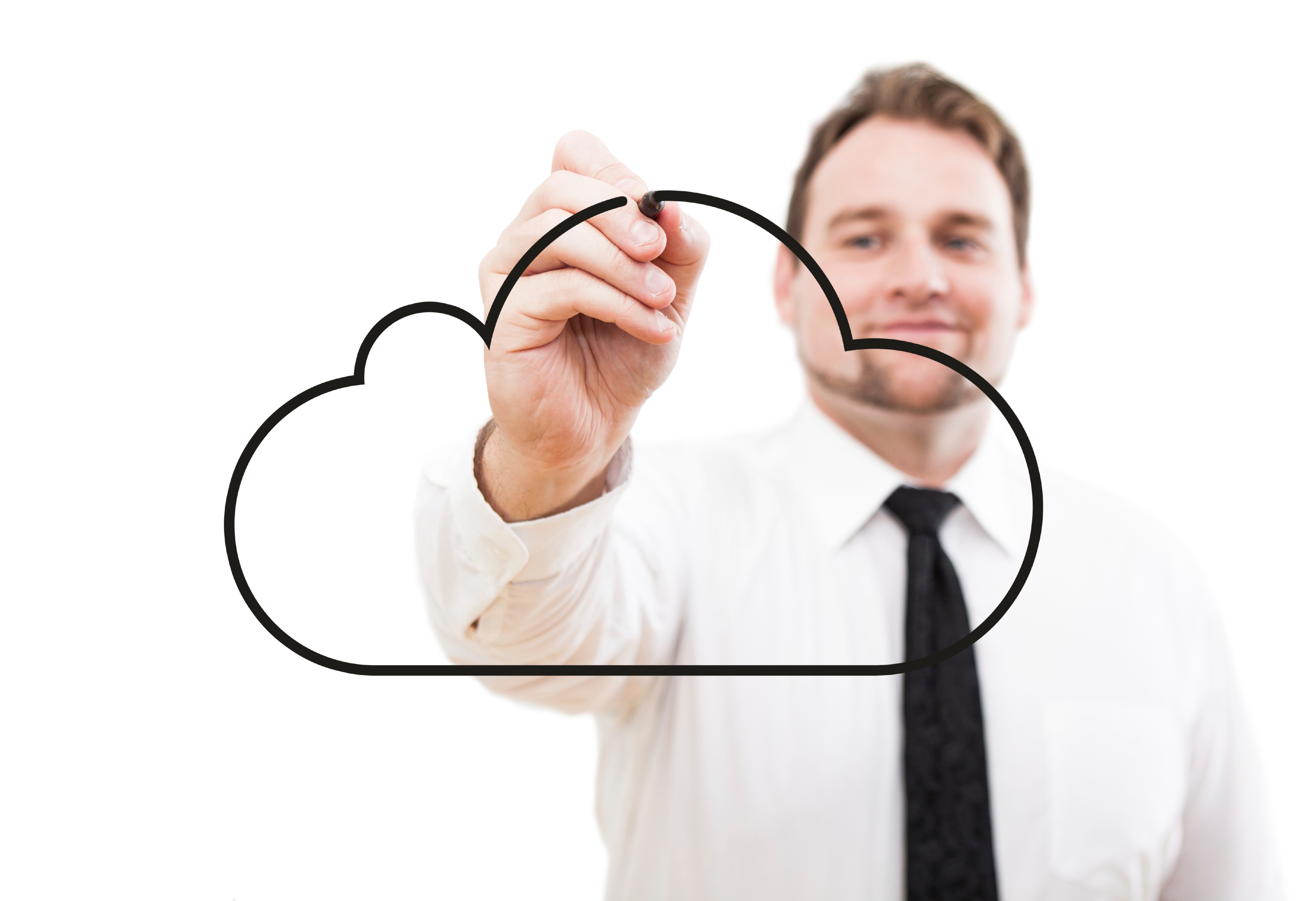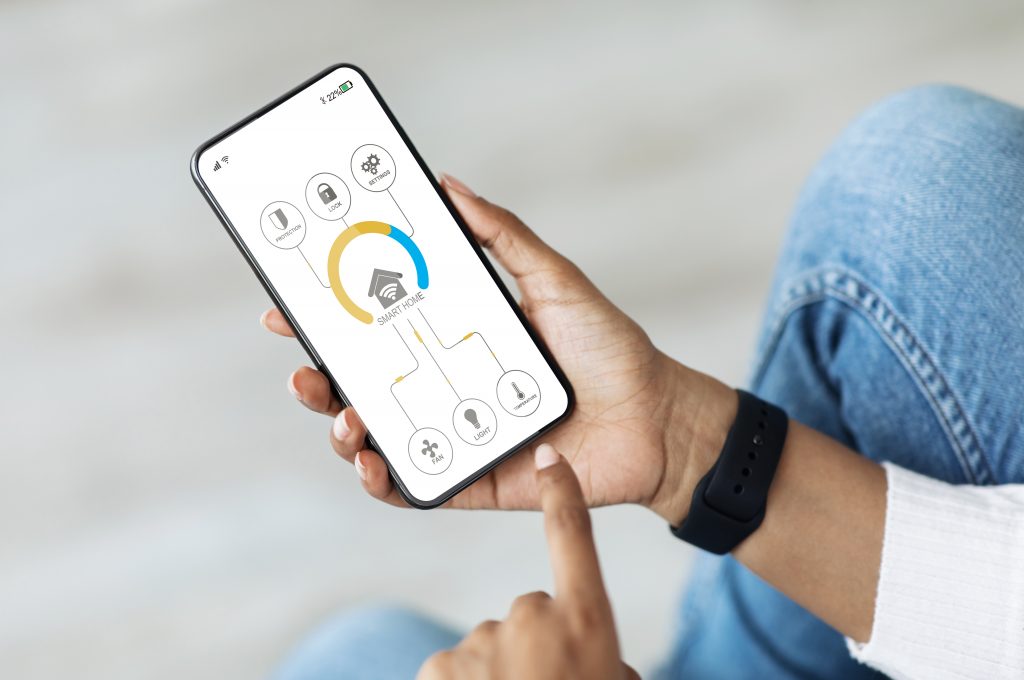What have you done to all my stuff…
A brief review of the development of civilization can give us a pretty clear picture of the inventions and innovations that have irrevocably altered the way we live. Things like when we first harnessed the power of fire and first planted crops, to the development of the printing press, the steam engine, the electric light bulb and so on have so changed the way most of us live that they stand out clearly in the annals of human existence. These changes, however, came very slowly over hundreds of years.
Today, things are different. To say change comes “rapidly” is an understatement. Thanks in large part to the internet and modern computing, we live in a time where ideas once thought impossible are becoming reality every day. It is difficult to imagine an office building, a research lab, or even your own pocket or purse without a computer with an internet connection. Dr. Michio Kaku, a leading futurologist, says, “Today, your cell phone has more computer power than all of NASA back in 1969, when it placed two astronauts on the moon.”(1) NASA seems to agree.(2)
The Internet of Things
The Internet of Things (IoT) is the next natural step in the process. It began, like most innovations do, by fulfilling needs. The evolution of the telephone is one of the best examples of the IoT at work. In the past twenty years, phones have gone from things that hung on the wall of your house to something you carry with you everywhere. More than that, now they’re able to do far more than ever before. Where once a telephone had you attached to a wire and allowed you only to have one conversation at any given time, now smartphones are apart of the Internet of Things. They have incredible computing power on board and a connection to digital resources all over the world. As a result you can now use them not only to have a conversation, but also to view a restaurant menu, get directions, control your television recordings, have a look at your calendar, and a myriad of other amazing options. You can do far more with a smartphone than Alexander Graham Bell ever envisioned. As the Apple slogan says, “There’s an app for that.”
So, what is the IoT? How does it work and what does it do? I recently had a conversation with a friend of mine who is very familiar with this field. David Lachut, a PhD candidate in Computer Science at the University of Maryland, Baltimore College, is doing research into home automation. Specifically, he is looking into how to use these technologies to help people maximize energy efficiency in their everyday lives. He says that the IoT is basically giving IP addresses (an internet connection) to pretty much everything. Computers are getting smaller and cheaper and internet connections are getting faster. So, with each passing day we have the ability to connect more and more things to the internet.
Even as computers are getting smaller and faster there is still only so much a single computer can do. One example which illustrates this limitation is a song identification app running on a mobile phone. How do these apps actually work? Is it possible that a smartphone, as powerful as it is, can actually take a soundbyte recorded from the radio and do the computational work necessary to determine which song it is?
The Cloud
Even if the phone is powerful enough to do the processing, it’s not possible because the phone itself doesn’t have enough storage to hold all the necessary data about the billions of other songs it might have to compare it to. Enter one aspect of the IoT, and one of the biggest buzzwords today, ‘cloud computing’. How does it work? The phone ‘senses’, (records), a small portion of the song using its audio sensor (a microphone), and then sends that back to ‘the cloud’ via the internet for processing. The cloud has a near unlimited amount of data storage and computing power so it can do the hard work. Once the servers determine which song is a match for the soundbyte the app collected, they return the information about that song to the phone.

As computer scientists, we refer to this idea where computing is happening everywhere all the time as “ubiquitous computing”. “The Internet of Things” supercharges ubiquitous computing by letting all these computers work together with each other and “The Cloud”. Now, when I started this blog I said that we were talking about things that change the way we live. Being able to determine what song is on the radio using your smart phone is cool, but it’s not necessarily a game changer. What makes the IoT such a big deal is that it has applications that go far beyond what we have developed already, and probably much further than what any of us have been able to dream up so far.
To Infinity and Beyond
The basics of the song identification app are pretty straight forward. We need a sensor, in this case a microphone, and communication, the cell phone’s internet connection. With those two things alone, we can tap into an almost infinite supply of computing power. The possibilities are limitless. Imagine life saving implants that alert medical professionals immediately when someone is having a stroke, heart attack, or some other life threatening event. They work anywhere at any time, and they work when the person doesn’t even know they’re in danger. Sensors on your home appliances and in some places you might not expect, like a light switch, transmit data securely to a cloud server and help you determine ways to maximize energy efficiency and lower your electrical bill without having to change your own habits.
This is another major factor in the Internet of Things. Just like smartphones, these devices are designed to integrate almost seamlessly into our lives. Unlike the smartphone, many of them will require little, if any at all, input from the user. As we go forward with this technology all of your ‘stuff’ will simply get smarter. It will begin to work in new ways that make life safer, easier, and more enjoyable.
Obviously, I’ve only begun to scratch the surface on the applications for this technology. There are also some very serious safety concerns about the IoT as not all of the applications are trustworthy. Over the next few weeks I’ll be writing some follow up blogs that go more in depth on these topics.
References
- https://books.google.com/books?id=UaRlfPLLiakC
- http://www.nasa.gov/audience/foreducators/diypodcast/rocket-evolution-index-diy.html
- http://dslachut.com/page/about



